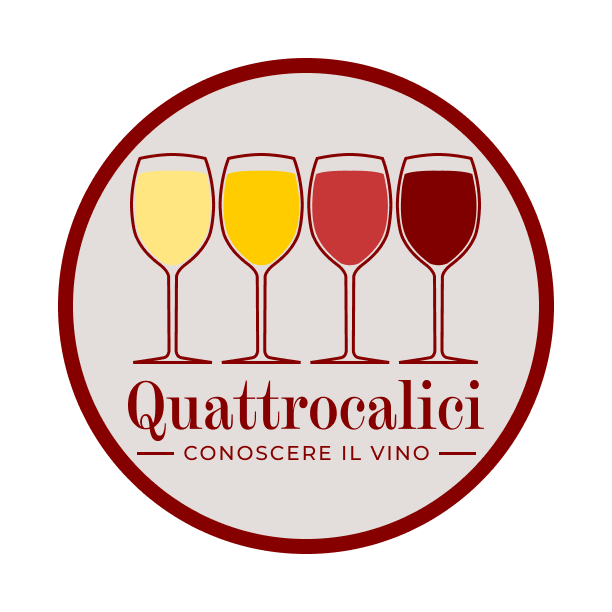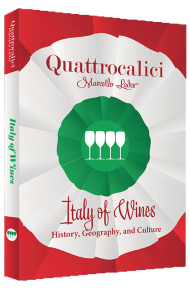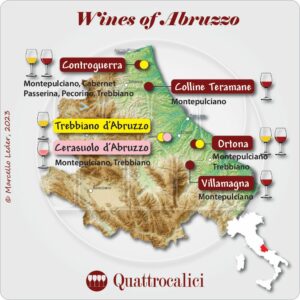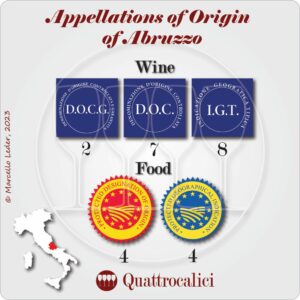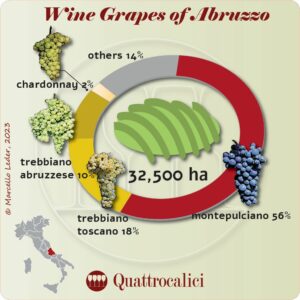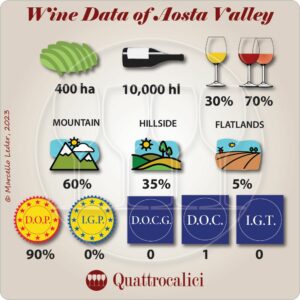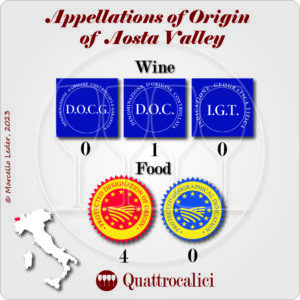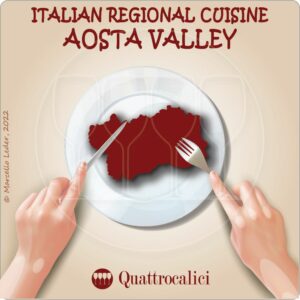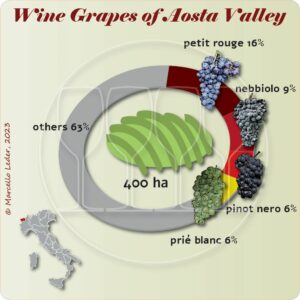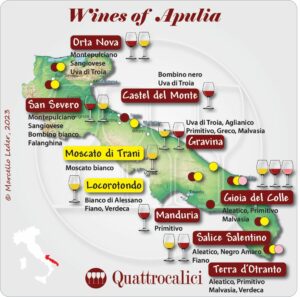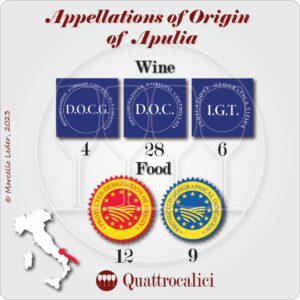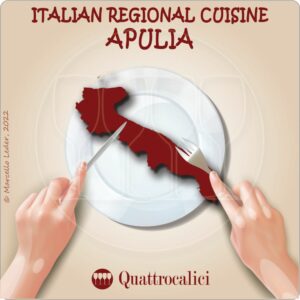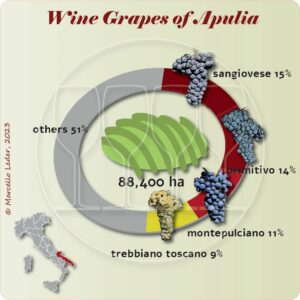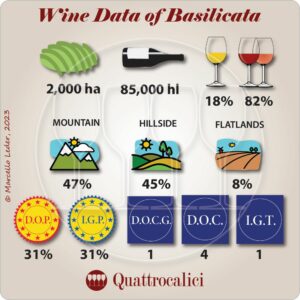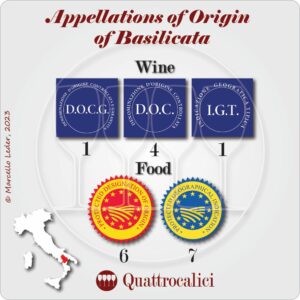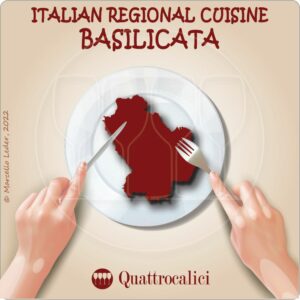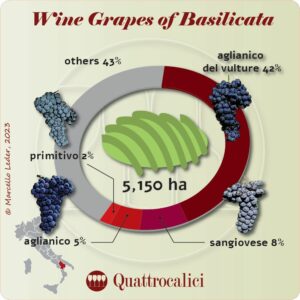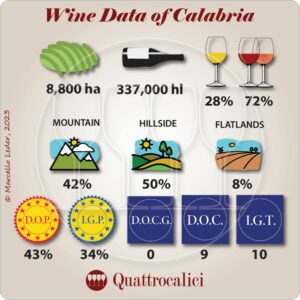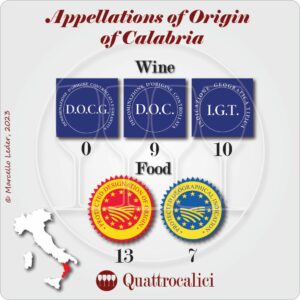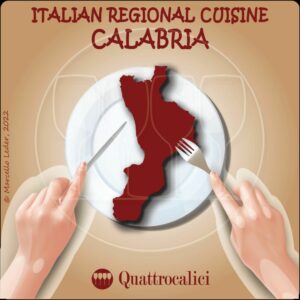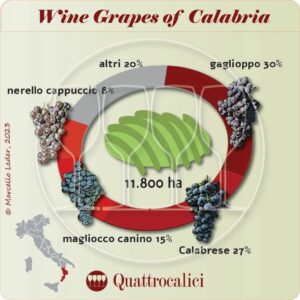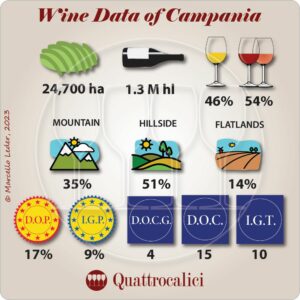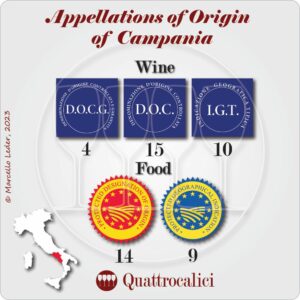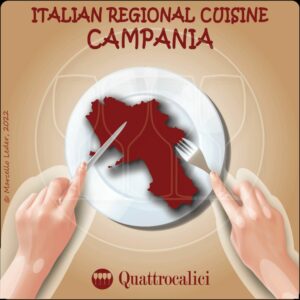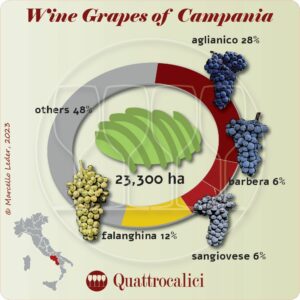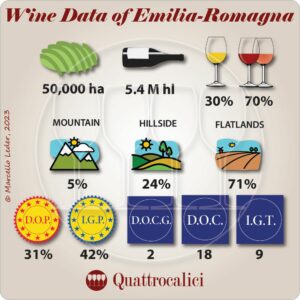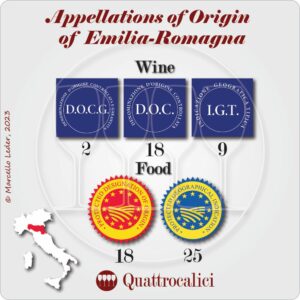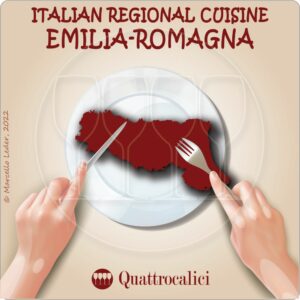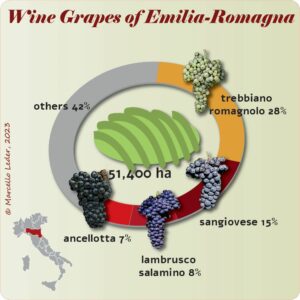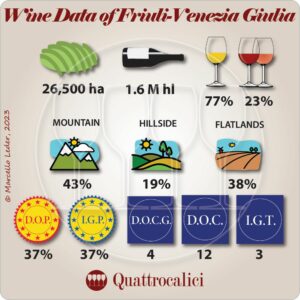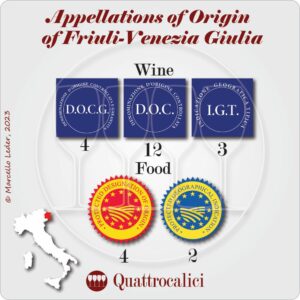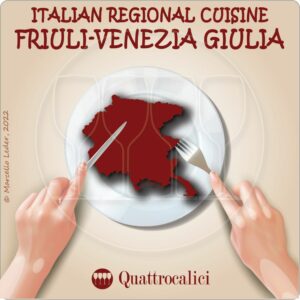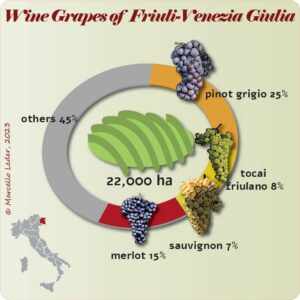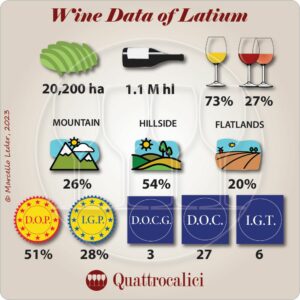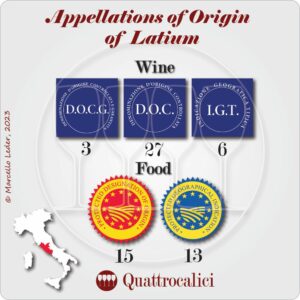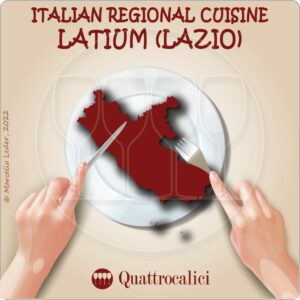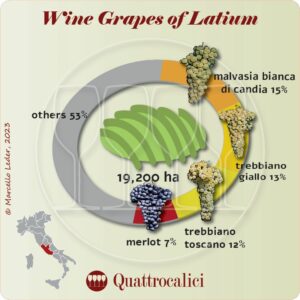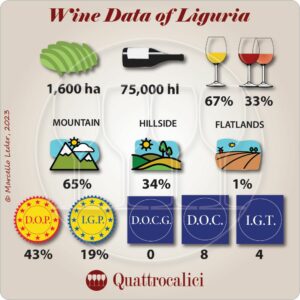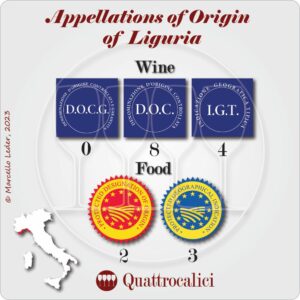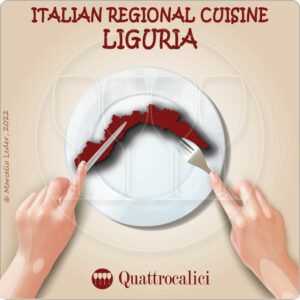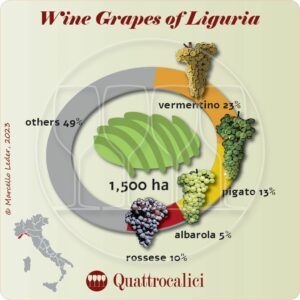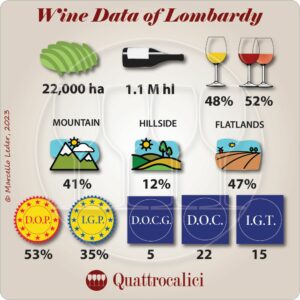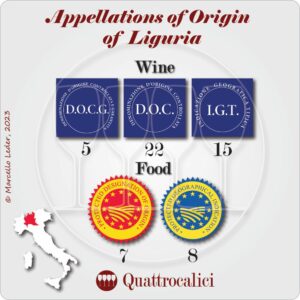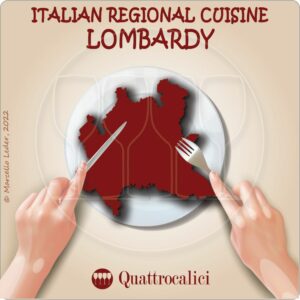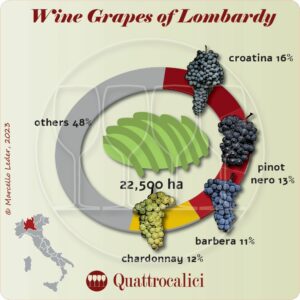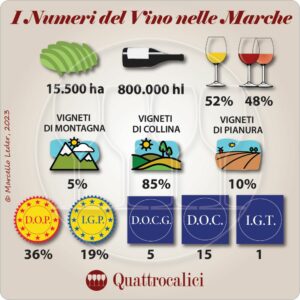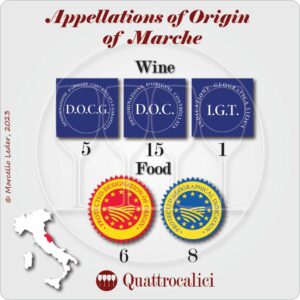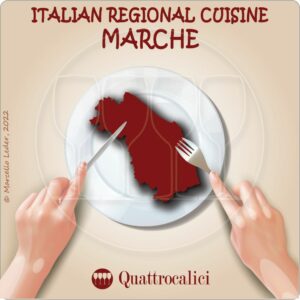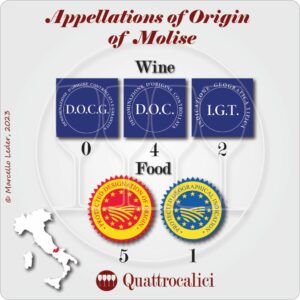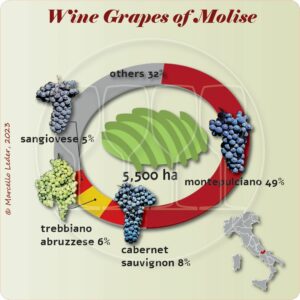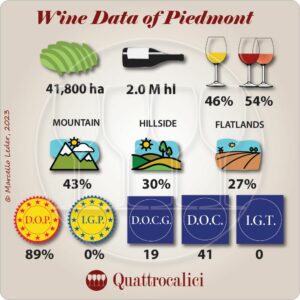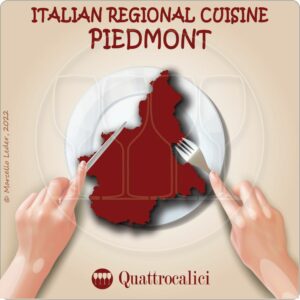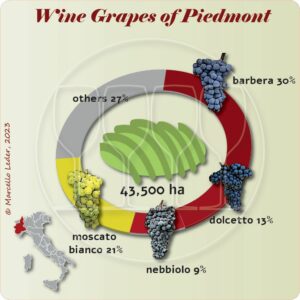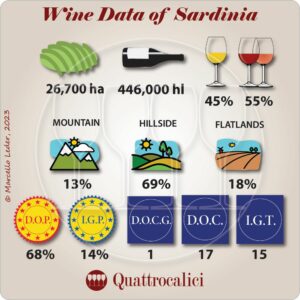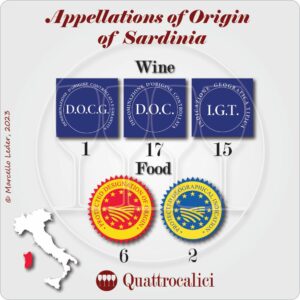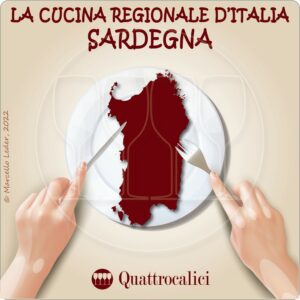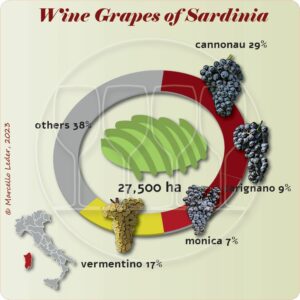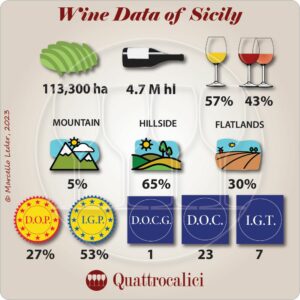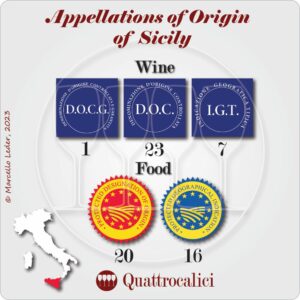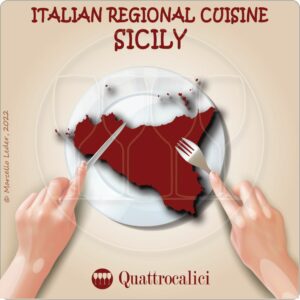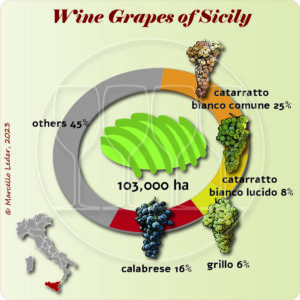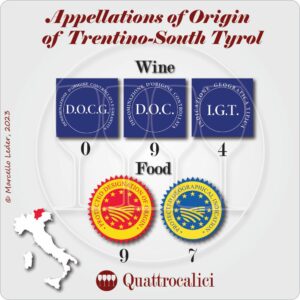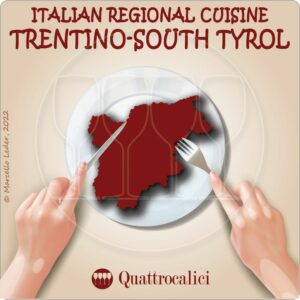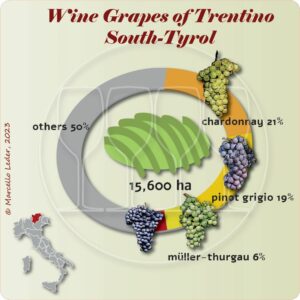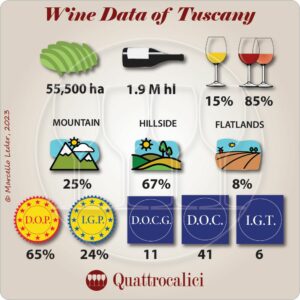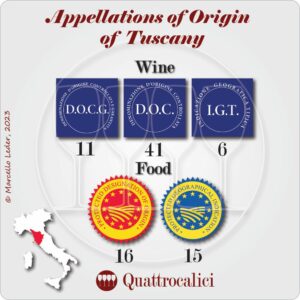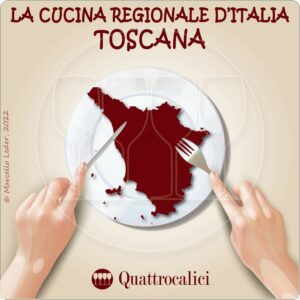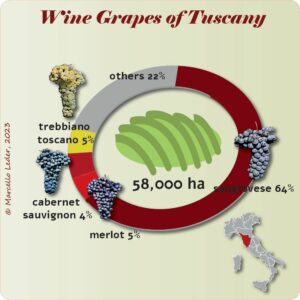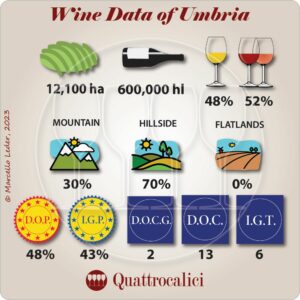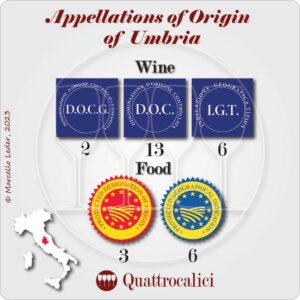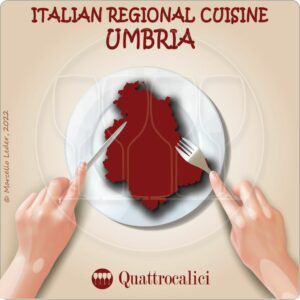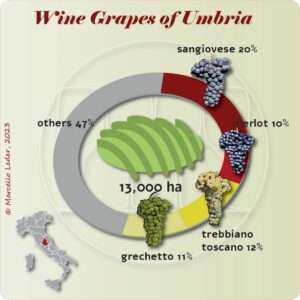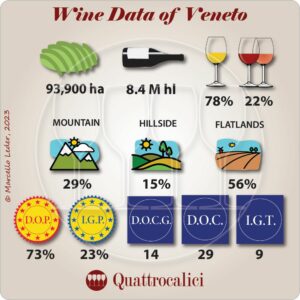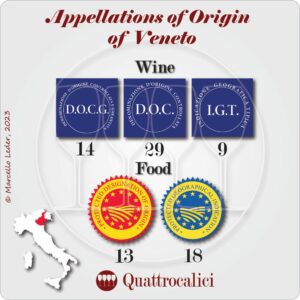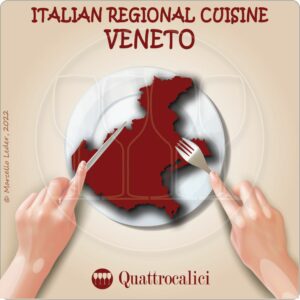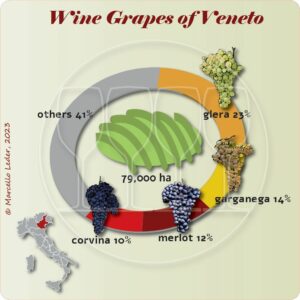Italian wine maps
Wine Regions of Italy
Wines and Typical Products of Italy's Regions
Administrative Division of Italy: Regions, Provinces, and Municipalities
Italy’s administrative structure is an essential aspect of its governance and a reflection of its rich history and diverse regional identities.
Understanding Italy’s administrative divisions is essential for appreciating its world-renowned food and wine culture. Italy’s system of Denominations of Origin—such as DOP (Denominazione di Origine Controllata in English PDO, Protected Denomination of Origin) and IGP (Indicazione Geografica Protetta, in English PGI, Protected Indication of Origin)—is often tied to specific regions, provinces, or even municipalities. These administrative boundaries play a crucial role in defining the geographic areas where particular wines and foods can be produced. For example, the famous Barolo DOCG is confined to certain municipalities in the province of Cuneo, within the Piedmont region. Similarly, Parmigiano Reggiano cheese must be produced in a restricted area spanning a few provinces in the Emilia-Romagna region.
For wine enthusiasts, understanding the interplay between administrative divisions and these designations of origin enhances your ability to navigate Italy’s diverse wine and food offerings. Each region and province tells a unique story through its terroir, traditions, and local specialties, making Italy’s administrative map a key to unlocking its gastronomic treasures.
Regions: The Primary Administrative Units
Italy is divided into 20 regions, which are the highest level of administrative division. These regions are akin to states in the United States, each with a degree of legislative and administrative autonomy. Five of these regions—Sicily, Sardinia, Trentino-Alto Adige/Südtirol, Friuli Venezia Giulia, and Valle d’Aosta/Vallée d’Aoste—enjoy special autonomy due to their unique cultural, historical, or linguistic characteristics.
Provinces: The Intermediate Level
Below the regions, Italy is further divided into 107 provinces (as of 2023). Provinces function as intermediate administrative units, similar to counties in the United States. They are responsible for tasks such as road maintenance, school building management, and coordination between municipalities.
Some larger cities, like Rome, Milan, Naples, Venice, and more, have special administrative statuses as metropolitan cities, granting them powers equivalent to provinces but tailored to their larger populations and economic importance.
Municipalities: Local Governance
At the most local level, Italy is divided into over 7,900 municipalities (comuni). These municipalities range in size from larger cities like Rome and Milan to small villages nestled in the countryside. Municipalities are the backbone of local governance, managing services such as waste collection, local police, urban planning, and public works.
Regions and Agri-Food Products of Italy
Each Italian Region presents a vast variety of products: wines, agri-food products, and regional recipes. For every Italian Region, the Denominations of Origin provide a structured way to observe the Italian enogastronomic landscape. Thousands of producers and companies specializing in the different merchandise of local products refer to them. From the table below, you can access all the resources available on the portal for the various Italian Regions. Each Italian Region is represented in a summary card that logically groups all the information and represents a valid starting point for further investigation.
